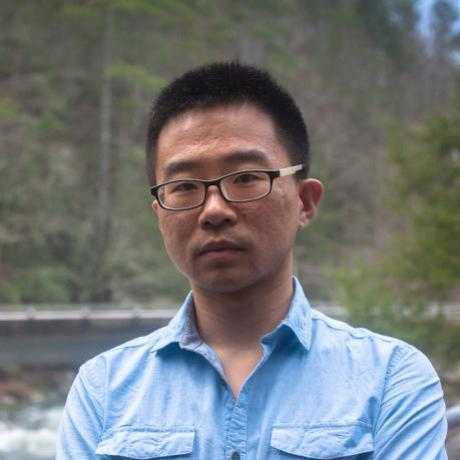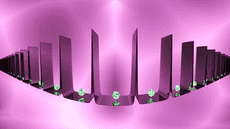March 13, 2018
Exotic physics can happen when quantum particles come together and talk to each other. Understanding such processes is challenging for scientists, because the particle interactions can be hard to glimpse and even harder to control. Moreover, modern computer simulations struggle to make sense of all the intricate dynamics going on in a large group of particles. Luckily, atoms cooled to near zero temperatures can provide insight into this problem.Lasers can make cold atoms mimic the physics seen in other systems—an approach that is familiar terrain for atomic physicists. They regularly use intersecting laser beams to capture atoms in a landscape of rolling hills and valleys called an optical lattice. Atoms, when cooled, don’t have enough energy to walk up the hills, and they get stuck in the valleys. In this environment, the atoms behave similarly to the electrons in the crystal structure of many solids, so this approach provides a straightforward way to learn about interactions inside real materials. But the conventional way to make optical lattices has some limitations. The wavelength of the laser light determines the location of the hills and valleys, and so the distance between neighboring valleys—and with that the spacing between atoms—can only be shrunk to half of the light’s wavelength. Bringing atoms closer than this limit could activate much stronger interactions between them and reveal effects that otherwise remain in the dark. Now, a team of scientists from the Joint Quantum Institute (JQI), in collaboration with researchers from the Institute for Quantum Optics and Quantum Information in Innsbruck, Austria, has circumvented the wavelength limit by leveraging the atoms’ inherent quantum features, which should allow atomic lattice neighbors to get closer than ever before. The new technique manages to squeeze the gentle lattice hills into steep walls separated by only one-fiftieth of the laser’s wavelength—25 times narrower than possible with conventional methods. The work, which is based on two prior theoretical proposals, was recently published in Physical Review Letters.

